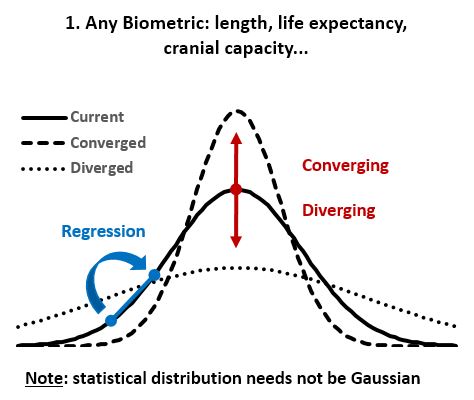Several years ago, at the beginning of 2016, on the Skeptics Guide to the Universe forums, there was a thread about driverless cars. All the skeptics were going on about how great it was going to be, how it will be here in two years, five years at the most, how we will overcome all the “small” problems by 2017, maybe 2019 at the latest, blah, blah. And at the time, I had told them, well, you may want to hold on a while, its not quite as easy as you think. And how was that met? By a barrage of insults, of you ridiculous troll, what do you know about anything, if you wouldn’t be so ignorant and just learn, can we just block this guy moderator, on and on it went… (typical skeptic fare).
That thread was viewed 117,000 times. There was exactly ONE person who was adamant that their time frames were wrong, that we still have a long way to go. And boy, they sure didn’t like that. Looking back now at the litany of nonsense the skeptics spewed kind of makes me laugh now. Its the same nonsense you see here at TSZ every day. Now, in 2020, some of the most ardent skeptic cheerleaders have reluctantly finally started to admit, ok, yea, you was right, it was a a lot harder than we all said.


